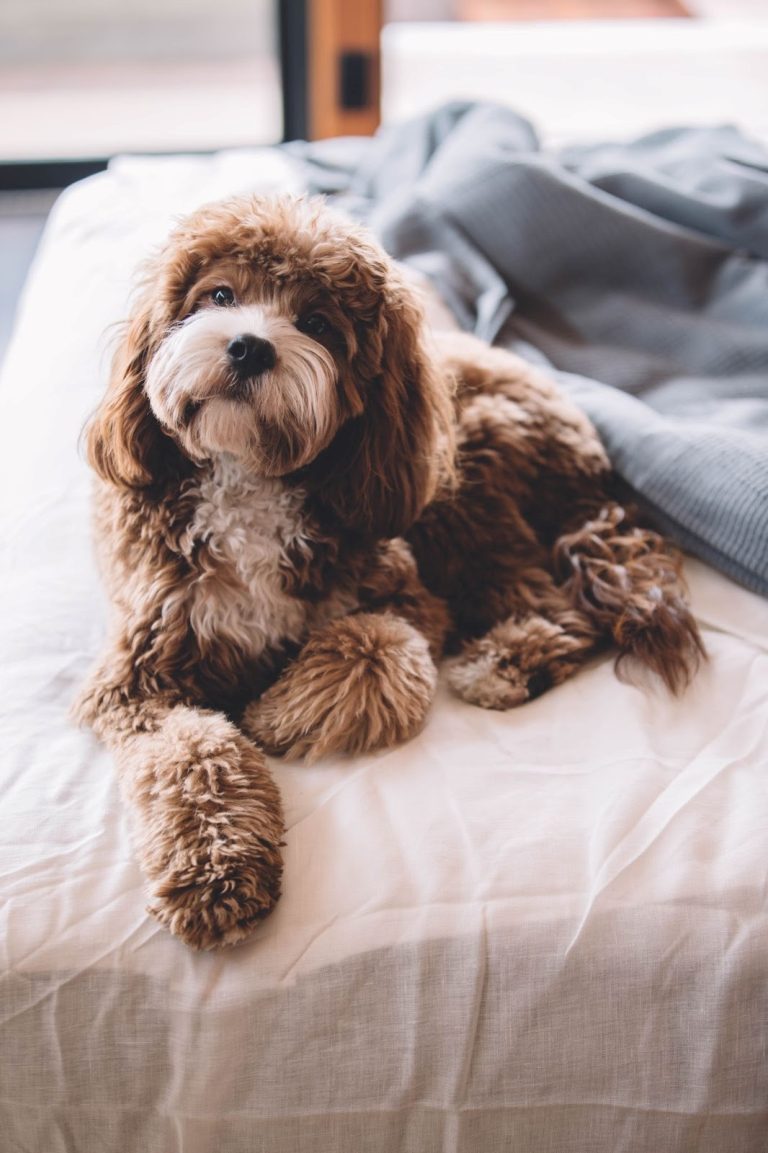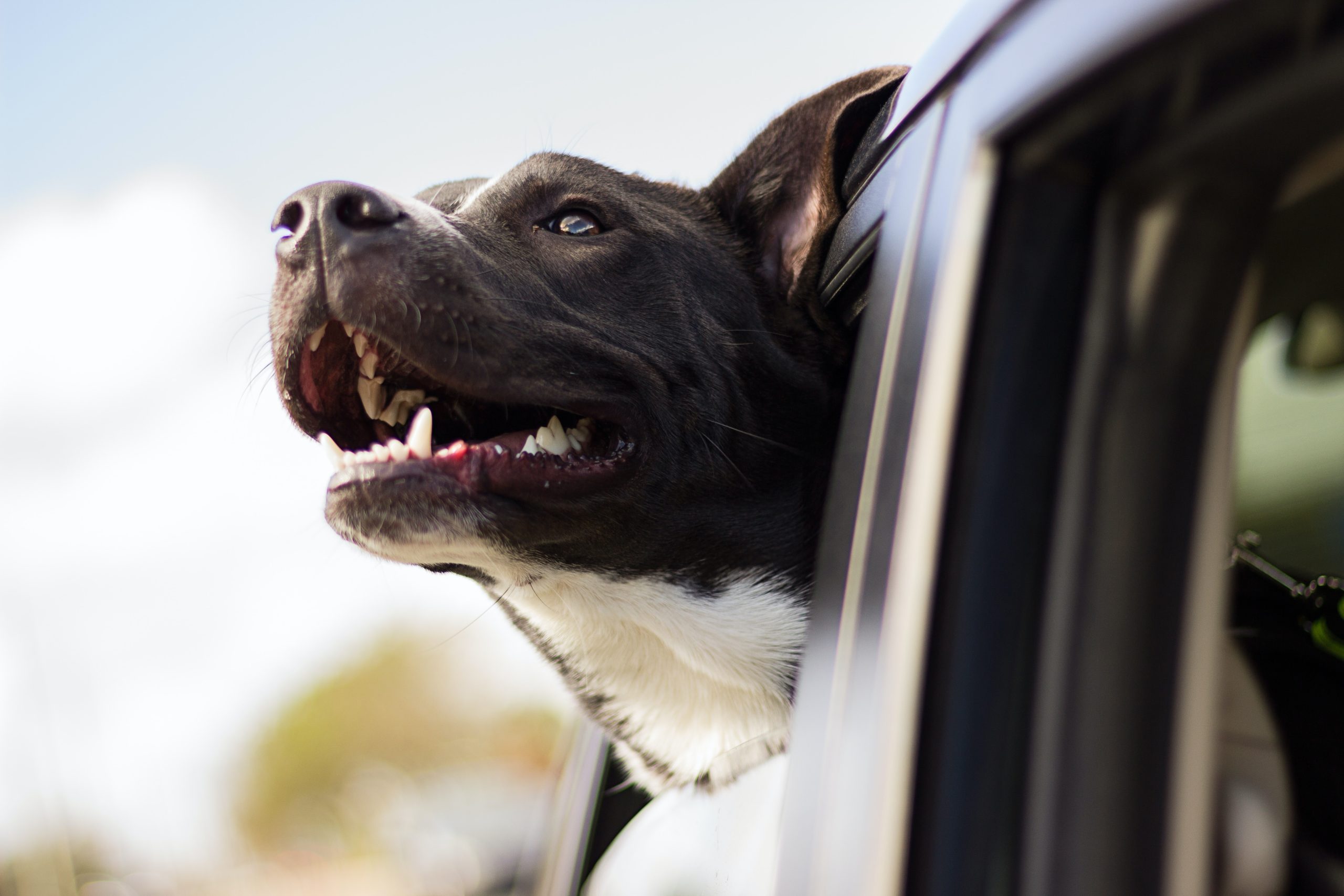This blog was originally published on 3/27/2023
When training reactive dogs, repetition is a crucial aspect to which owners should pay attention. Reactive dogs are those that show an exaggerated response to specific triggers, such as other dogs, people, or unfamiliar situations. This behavior may manifest as barking, growling, lunging, or even biting. To effectively work with a reactive dog, Certified Dog Behavior Consultants like myself must employ consistently positive training activities over numerous sessions to help the dog overcome the anxiety or fear associated with their triggers
Understanding Reactivity in Dogs
Dogs’ reactions are primarily rooted in emotions, usually from fear, anxiety, or frustration. It is essential to recognize that reactive dogs are not necessarily aggressive or poorly behaved; instead, they struggle to cope with their emotions in certain situations. Training reactive dogs aim to help them develop positive associations with their triggers and reduce their emotional response, ultimately leading to a calmer and more composed demeanor.
Defining Triggers
A trigger is any stimulus that provokes a reactive behavior in a dog. This can include other dogs, people, objects, or specific situations. Triggers vary from one dog to another, as each dog has unique experiences and sensitivities. Identifying a dog’s particular triggers is a critical first step in addressing and managing their reactivity.
Counter-Conditioning in Reactive Dog Training
Counter-conditioning is a technique used to change a dog’s emotional response to a specific trigger. By consistently pairing a positive stimulus (such as treats, praise, or play) with the trigger, the dog gradually learns to associate the trigger with positive experiences, thus diminishing their adverse emotional reaction. When using food as a positive stimulus, the release of feel-good chemicals in the brain, such as dopamine and serotonin, helps to create these positive associations. Over time, the dog will learn to associate their triggers with positive experiences, reducing their reactivity.
The Role of Repetition in Training Reactive Dogs
Repetition is vital in counter-conditioning, as it strengthens the dog’s positive association with its triggers. Consistent training allows the dog to practice and reinforce their new, more desirable behavior. This repetition is essential for several reasons:
- Reinforcement of Positive Associations
Regular training with triggers in controlled environments, paired with positive reinforcement, helps the dog solidify its positive associations, making it easier for them to remain calm in real-life situations. - Habituation
Repetition allows the dog to become accustomed to their triggers, reducing their novelty and, consequently, their emotional response. This process, called habituation, helps the dog become more comfortable and less reactive in the presence of their triggers. - Confidence Building
Repetition helps build the dog’s confidence in coping with previously challenging situations. As their confidence grows, their reactivity decreases, and they become more adept at handling their emotions. - Generalization
Dogs do not naturally generalize their learning to different contexts or environments. Moreover, it’s important to note that a dog’s successful work with one trigger doesn’t necessarily generalize to other similar triggers. For example, a dog counter-conditioned to large dogs may not automatically show the same progress with small dogs. Each specific trigger may require training and dedicated practice to achieve the desired outcome.

Training Takes Time
It’s essential to understand that sporadic practice is insufficient. For instance, if a dog has been reacting toward visitors for three years, practicing only once or twice between scheduled training sessions with a Certified Dog Behavior Consultant will not be enough to make significant progress. Dog owners must commit to more frequent and consistent practice, reinforcing positive associations and ensuring new, more desirable behaviors become ingrained and replace the previously reactive responses.
Reactive behaviors in dogs did not develop overnight and won’t disappear overnight either. It takes time, repetition, and patience to help a dog overcome these behaviors, as they have often developed over an extended period of time. Recognizing this fact enables dog owners to establish reasonable expectations for the training process and comprehend the importance of consistent practice and perseverance.


